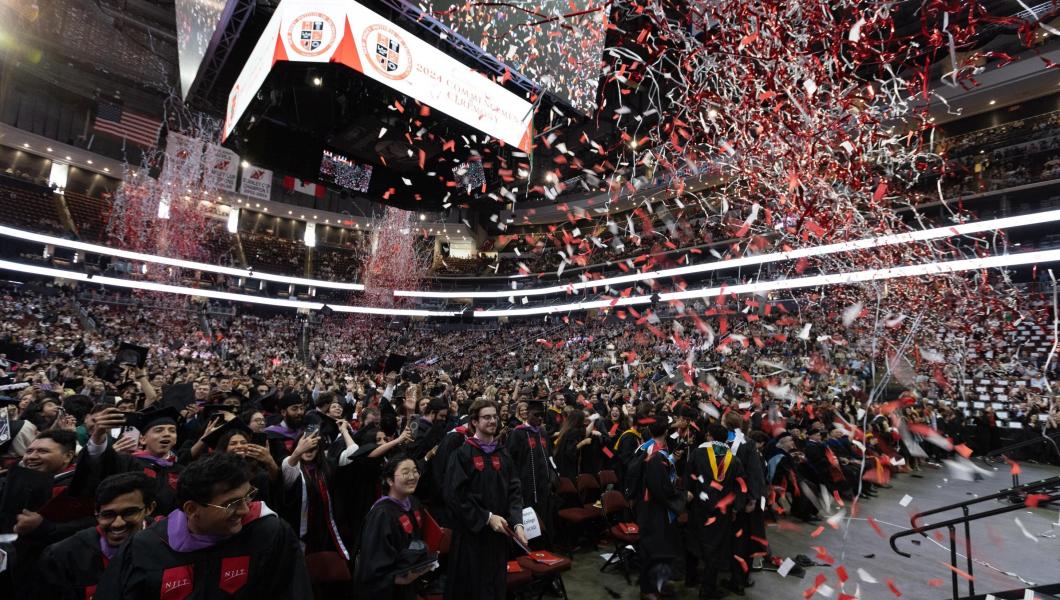Hillier College Research Team on Community Based Design Programs

The recently formed Newark Design Collaborative (NDC) is engaging four students in a research project to study how other schools of architecture across the country have structured their community design engagement initiatives, from issues of scope and mission to practical details like funding and liability. The student team members conducting the research include Ebony Payne, Sam Roberts, Noelle Kruse and Silas McBride.
“The Newark Design Collaborative research team is investigating the scope, structure, fundraising, and engagement methods of other community-based design programs in universities across the country,” said Payne. “Through web research and interviews, we hope to uncover concrete methods of expanding the activity of the NDC itself within the context of Newark. This work is important for NJIT and Hillier College because it will help open a wider pathway for design students to participate in projects that benefit people in surrounding neighborhoods, which, in turn, will further solidify the college as a meaningful contributor of good design and planning ideas in Newark.”
Each of four students will be looking at 11 school programs, following a common template.
Their findings will be analyzed to help determine the most productive community engagement model for Hillier College and Newark moving forward.
“By doing a comprehensive deep dive into the inner workings of established community based design engagement efforts around the country, and then by doubling down and learning as much as possible via feedback from Newark community stakeholders, this team is taking important initial steps to help cultivate NJIT as a university that truly serves as a strengthening element to the city of Newark. I believe that a big school like NJIT has both the responsibility and the power to engage with the community of Newark in real and beneficial ways through design efforts, but only after thorough and serious investigation.” said Kruse.
The student research will be presented at a stakeholder meeting planned for late June or September, bringing together representatives from government, industry, foundations, and community organizations. The feedback from the stakeholder meeting will be used to identify next steps for the NDC, which envisages a range of activity ranging from the current focus on architecture design studios to the eventual establishment of a downtown outpost with studio spaces as well as exhibition and meeting facilities.
Based on this feedback, students will search potential funding sources including their focus, funding levels, and application deadlines.
Sam Roberts, who worked along with McBride on the recent adaptive reuse and redesign of Newark police precinct, appreciates how history can inform design. “I am a big history buff, the interviews, the discussions with people, getting to dig into the history and being able to represent it, to see what architecture can do and how it can bring people together, means a lot to me.”
"Direct engagement with the participating population is a crucial component of an informed community design project, resulting in work that is locally imagined, understood, and realized., said McBride.
By October 31 NDC will submit proposals for external funding for the next phase of organizational growth, a primary goal of the Hillier College Faculty Seed Grant Program established by Dean Kolarevic. The research project is led by Prof. Tony Schuman assisted by Profs. Darius Sollohub and Georgeen Theodore and Communications Coordinator Amy Stinchcombe.

